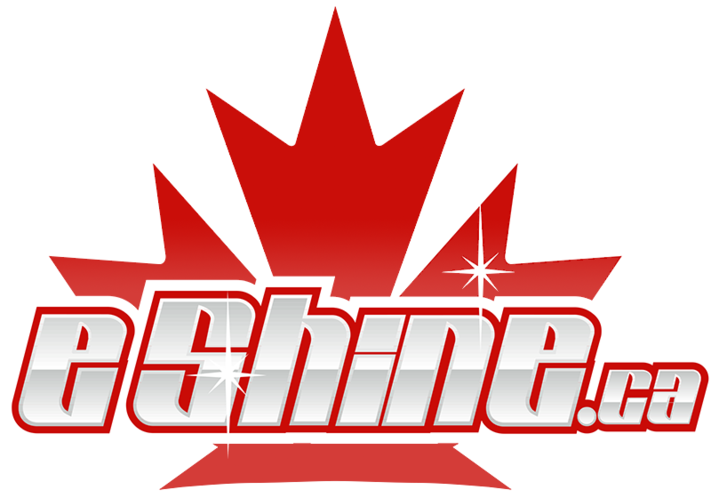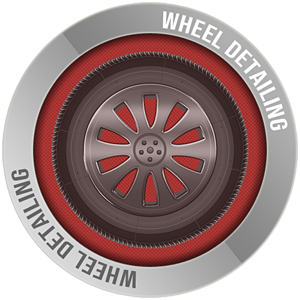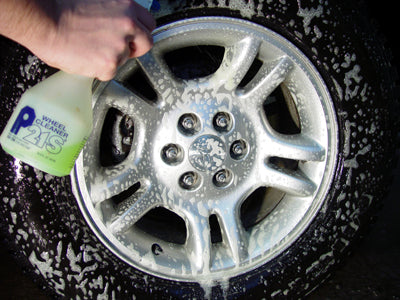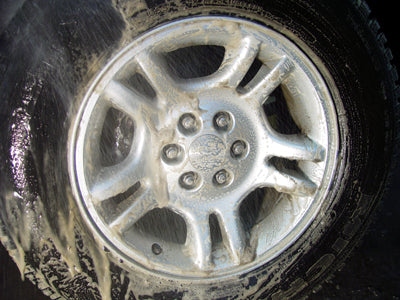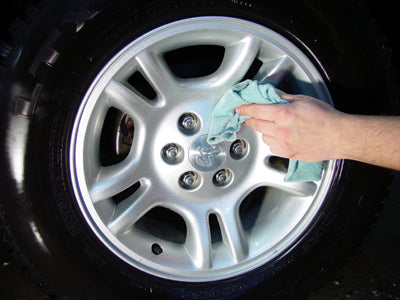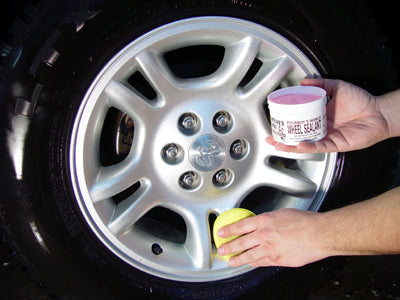Finding YOUR Best Car Wax
What’s the BEST WAX you have? This is a question all our customers want to know! The answer to this question is not as easy as one would assume. If there ever was a “Best Wax” we would have no need for multiple product lines and running our business would be easy. The question that should really be asked is “What is the best wax for ME?”
Every customer has different needs and tastes. Finding the proper product(s) starts with you. One can get seriously confused and intimidated searching through hundreds of products trying to make sure you get the best brand. The process can be simplified by following this article, we hope this article helps in the journey to find YOUR best product.
Just a Wax? Often when a customer asks for a recommendation on a wax we find out they are actually looking for more. The term “Wax” seems to be the standard word for a product that makes the car shine and protect. The truth is, the wax is only a small part of the process and often needs to be teamed up with a polish to achieve optimum results. Using a wax without a polish is like spaghetti with no meatballs!
Well than what do I need? There are two major steps to paint care, polishing and waxing. Polishes and waxes are two completely different products.
Polish - Polishes are products designed to improve surface gloss and clean the surface contaminants, oxidization and compound haze. They may or may not contain abrasives but they are extremely mild compared to compounds. Many modern polishes contain cleaners which aid in surface cleaning while the abrasives or fillers aid in surface gloss, and hide minor swirls (See our article on swirl removal). Polishes will lay the foundation for your wax which will protect your naked surface.
Waxes - commonly blends of Brazilian Carnauba Wax are used for their deep, wet shine and ease of application. Nothing matches the warmth of nature’s beauty! Waxes will add extra depth, gloss and most importantly, protect your freshly polished surface!
Combination Polish/Waxes - These products combine both a polish and a wax in one. This allows the user to accomplish both tasks in one easy step. Although this process works great initially, it is usually a compromise and lacks in durability. These combination products can usually still be topped with a Carnauba Wax to further increase durability and gloss.
But I just want a Wax! - Not all cases require both a polish AND a wax. You may very well be fine with a pure wax. Not all customers are real worried about a show car shine and simply want to add a wax for protection. Also, many may already have a properly maintained and/or polished surface and simply want to try a different brand of wax. But remember, if it is surface correction, cleaning, or gloss you are after, polishing before waxing is a must.
Okay, so what’s the best Polish and/or Wax!? Not so fast! We still need to get to personal needs! What makes product A better than product B for YOU?
Time - How much time do you have? This is an important question. Many of my customers are diehard enthusiasts and have no problem spending several hours polishing and waxing in separate steps. Then there are customers who would like to get it done and over with so they can cruise as soon as possible!
If you are person A and do not mind spending time, a two step polish then wax system will be a great starting point. Expect to spend about 1-1.5 hours on each step for a total of 2-3 hours. The advantage is each step will do a better job at what it is solely designed to do. The Polish will be more effective and the wax will offer better protection!
If you are person B and want to get out cruising ASAP, then a one step polishing wax or cleaner wax will be the ticket. The results will still be great and with half the time spent, you can drive by Person A’s house waving goodbye as he is still waxing! A one step product may not offer the same durability as a two step system but when time comes around to doing it again, you know it will be a quick and painless process. Also, most one step products can still be topped with a pure wax later if you decide you want more durability or gloss.
Carnauba or Sealant? - Just when you thought we went over your options out comes more. When picking a protection product you have two main choices, a wax or a sealant.
Carnauba - Carnauba is a natural wax produced by the Brazilian Tree of Life. An application of a carnauba-based wax to your vehicle will protect it from UV rays, heat, moisture, oxidation, and environmental contamination. Carnauba waxes produce a liquid wet and deep glow that can’t be matched by any man made synthetic wax. It’s a favorite amongst car collectors and enthusiasts. The drawback to a carnauba based product is its durability. A carnauba based product will wear off in 6-8 weeks depending on exposure and climate. A vehicle which is garaged will last much longer than a vehicle which is exposed to the elements constantly. Heat and humidity also play a big role. Carnauba lovers will often tell you the shimmer and glow they achieve with a carnauba is worth having to re-apply every couple months!
Sealants - There is not much nature to a sealant. Sealants are man's artificial answer to waxes. Sealants are polymer based creations that topple the durability of carnaubas. Sealants bond to your vehicles surface forming a rock hard, reflective barrier of protection that will last up to one year! Sealants are extremely easy to apply, being a liquid form, they spread easily and dry to a dust free film that can easily be wiped off.
So what will it be? Highly reflective or will it be Deep wet natural shine? 6 weeks or 6+ months of protection. The choice is yours.
I WANT BOTH! Reflective AND Deep/Wet. - Of course you do! It is now becoming more popular for people to add an additional step to gain the edge they need. Many show car owners are finding that by applying a highly reflective and highly durable sealant followed by a natural carnauba, the highly reflective sealant shines through the wet carnauba creating an unmatched combination of science and nature.
Now you have a better idea on narrowing your product selection. If you have any specific questions on any product please EMAIL US or call (888)392-8766 so we can help.
